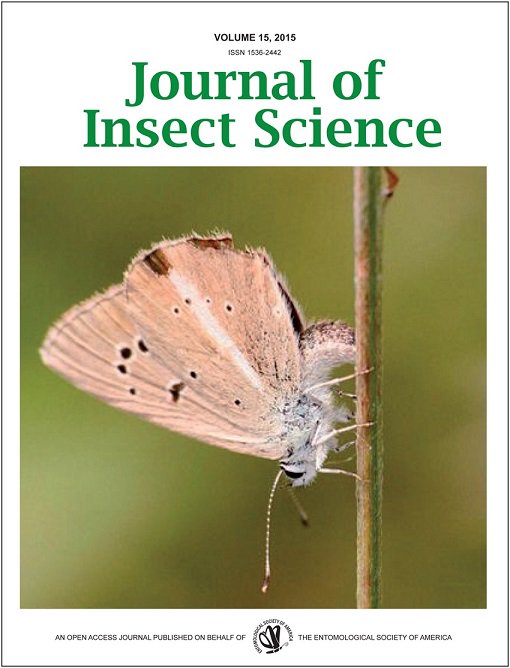The odorous house ant, Tapinoma sessile (Say) (Hymenoptera: Formicidae), exhibits a high degree of variation in colony spatial structure which may have direct and indirect effects on foraging. Protein marking and mark—release—recapture techniques were utilized to examine the effect of colony spatial structure on food dispersal. Sucrose water spiked with rabbit IgG protein was presented to colonies with varying spatial configurations in laboratory and field experiments. In monodomous lab colonies, the rate and extent of food dispersal was rapid due to a decrease in foraging area. In polydomous colonies, food dispersal was slower because conspecifics were forced to forage and share food over longer distances. However, over time, food was present in all extremities of the colony. Experiments conducted in the field produced similar results, with nests in close proximity to food yielding higher percentages of workers scoring positive for the marker. However, the percentage of workers possessing the marker decreased over time. Results from this study provide experimental data on mechanisms of food dispersal in monodomous and polydomous colonies of ants, and may be important for increasing the efficacy of management strategies against T. sessile and other pest ant species.
How to translate text using browser tools
1 January 2015
The Effects of Colony Structure and Resource Abundance on Food Dispersal in Tapinoma sessile (Hymenoptera: Formicidae)
M.T. VanWeelden,
G. Bennett,
G. Buczkowski

Journal of Insect Science
Vol. 15 • No. 1
Jan 2015
Vol. 15 • No. 1
Jan 2015
food dispersal
foraging
immunomarking
odorous house ant
polydomy




